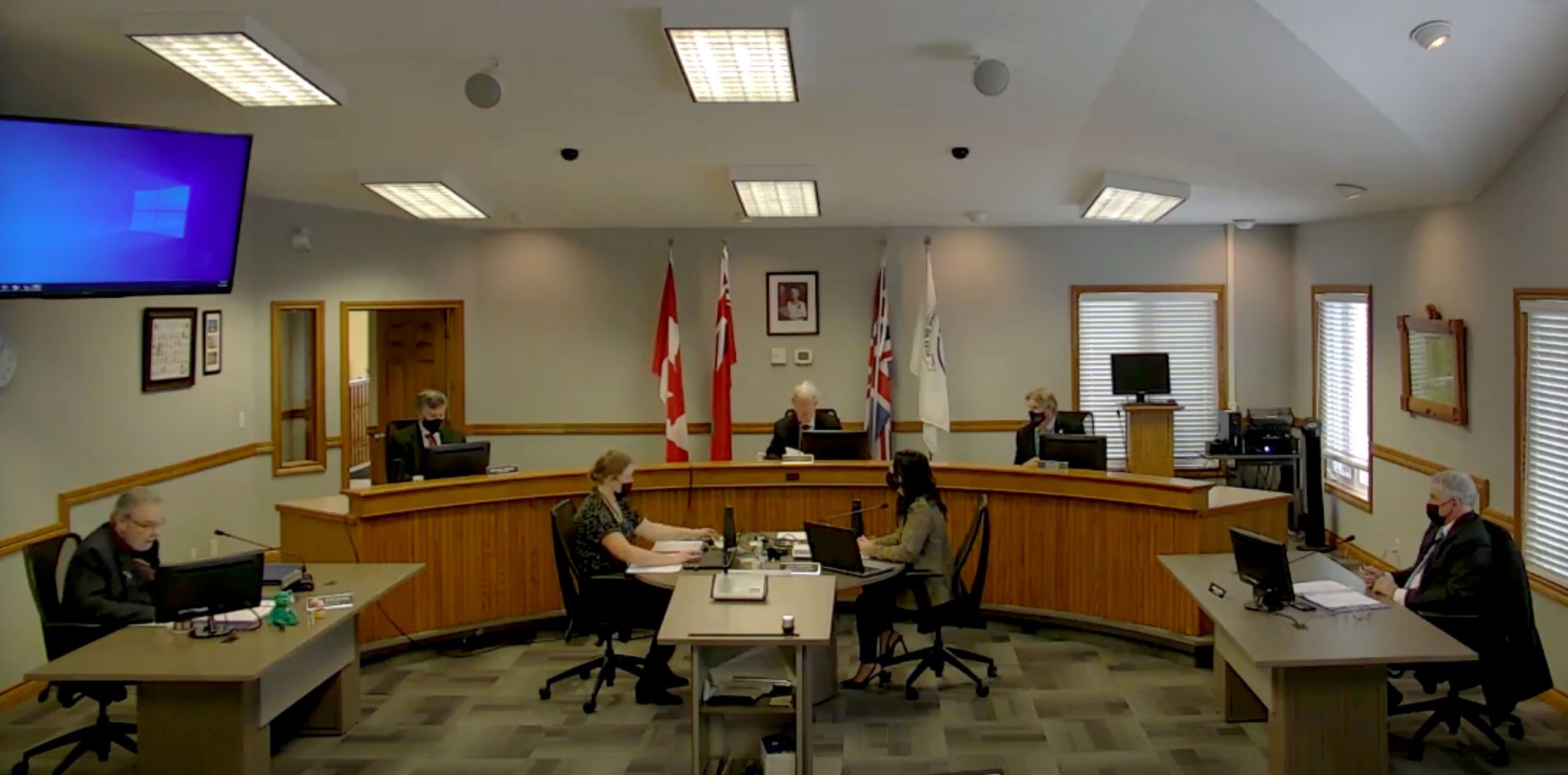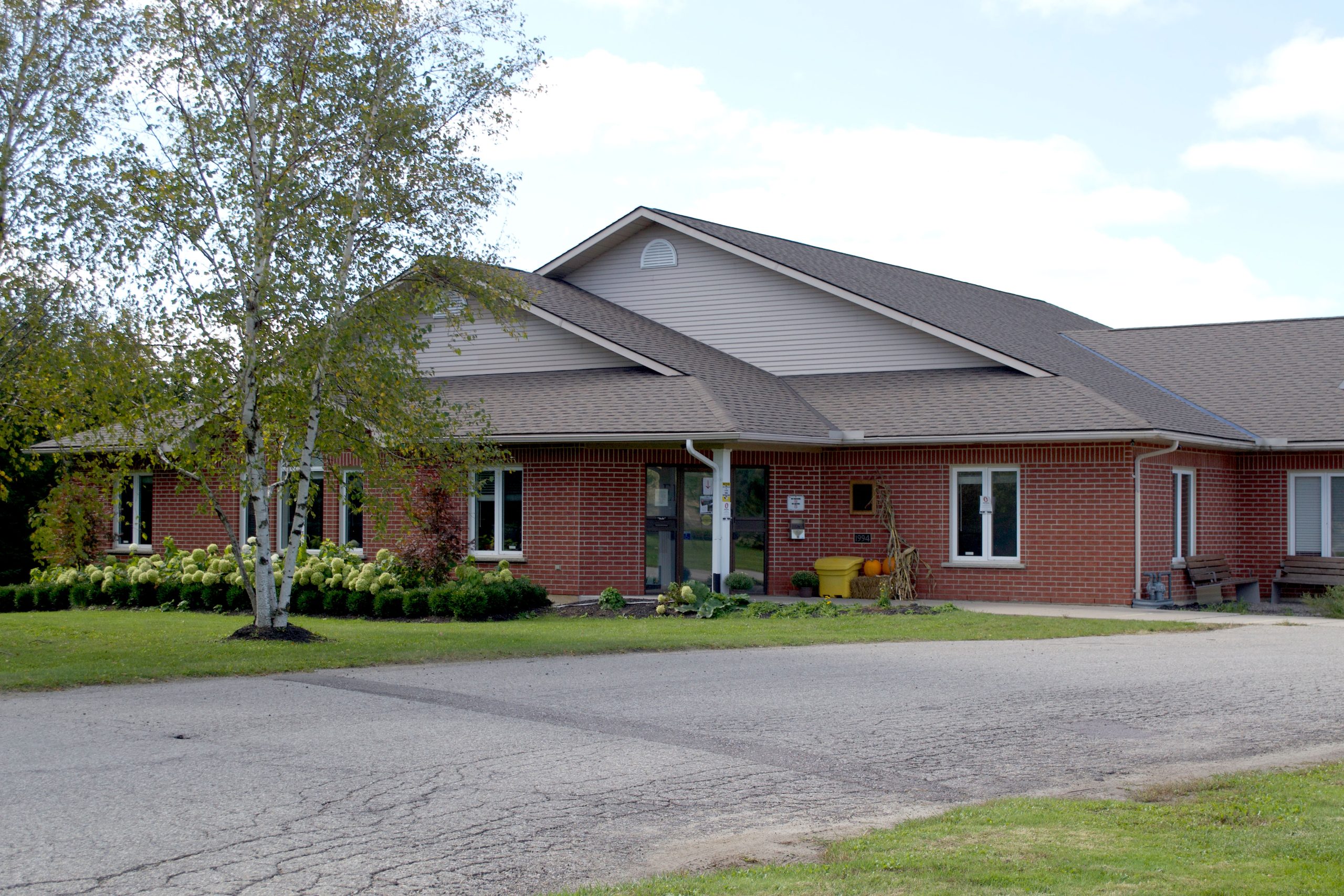ERIN – While no decisions have been made at this time, a report prepared for Erin council suggests town officials may be considering seceding from Wellington County.
In a Dec. 7 meeting, council received a governance review report from Watson and Associates Economists Limited.
The 26-page report, for which the town has budgeted $50,000, analyzes how the town’s services are currently delivered and compares them against potential efficiencies that may be gained through other service delivery models.
Council was presented with five different scenarios:
- the town uploads all road responsibilities to Wellington County;
- the town assumes all county roads;
- Erin serviced as part of Halton Region;
- Erin serviced as part of Peel Region; or
- Erin operating as a single-tier municipality.
Mayor Allan Alls noted the purpose of the report is to “elicit discussions on a fair share for Erin taxpayers.
“Operating with respect for taxpayers’ dollars while delivering service excellence is a key principle for the Town of Erin,” Alls said, noting the report is for information and the town isn’t taking action at this time.
The report, based on the town and neighbouring municipalities’ 2019 financial information, was approved in June of 2019 as part of the town’s spending of a $602,673 provincial modernization and efficiencies grant.
At the time, CAO Nathan Hyde told council the $50,000 governance review would address issues such as whether town roads could be more efficiently managed by the Wellington County and whether the county could take over town water and wastewater services.
The possibility of the town leaving the county was never mentioned.
The Watson and Associates report outlines the five options in more detail as follows:
- scenario one, relaying the responsibility of town roads to Wellington County, assumes the county would oversee all lower-tier roads, including those in Erin, and would result, the report says, in a county tax rate increase of 49.1 per cent and a town tax rate decrease of 68.9%, resulting in an net tax decrease of 10.9% for Erin taxpayers;
- scenario two, Erin assuming all Wellington County roads within Erin, would result in a county tax rate decrease of 26.5% and an Erin’s tax rate increase of 61.6%, for a net increase of 2% for Erin taxpayers;
- scenario three, Erin serviced by Halton Region, would result in an upper-tier tax decrease of 56.9% (from Wellington to Halton) and a town increase of 8%, resulting in a net decrease of 35.9% for Erin taxpayers (this scenario also suggests the average annual Erin water and wastewater bill would decrease from $901 to about $421, though Halton water rates would need to increase by 0.9% to accommodate Erin);
- scenario four, Erin serviced by Peel Region, would see a decrease of 52.9% in the upper-tier tax rate and an increase of 8% for Erin, resulting in a net 33.2% decrease to Erin taxpayers (town water and wastewater charges would decrease from $901 to $319 in this scenario, with Peel water rates increasing by 0.6% to accommodate Erin); and
- scenario five, Erin operating as a single-tier municipality, could result in tax variations of about 10% in either direction. The town tax rate could increase from 0.8% to 0.9% or decrease by 2.9%. Using the low estimates for public health and social services, the tax rate for Erin could decrease by 4.7%; under the high estimates, it could decrease by 1.1%.
Under scenarios three, four and five, Erin’s portion of county expenditures and revenues would be removed.
The county’s tax revenue would decrease by $14.1 million (15%) and county’s tax rate would have to increase by roughly 0.7%.
“Pretty well all the scenarios are good for us but it’s not good for our partners so I assume from that we probably wouldn’t get a great deal of cooperation from any of the other parties,” councillor John Brennan said following the presentation.
Councillor Michael Robins emphasized the need to evaluate a more efficient delivery of services.
“When I look at Wellington County, we’ve got seven different governing bodies, that’s a lot for (90,000) people,” he noted.
Alls reminded council no decisions were to be made and they’re just asking staff to get more detail on the feasibility of the scenarios.
“I’m a little hesitant about going to the province first, we’re in a marriage with Wellington County,” Brennan noted. “I think the first talk should be with Wellington County and see how they feel about this.”

Screenshot from Dec. 7 council meeting
“I agree whole heartedly with councillor Brennan,” Robins added. “You’ve got to start with your family.”
Councillor Rob Smith echoed Brennan and Robins’ comments, adding the conversation should be started with the county.
“We don’t want to injure the relationship we have before we delve into with the province about going to somewhere else,” councillor Jamie Cheyne added.
Alls replied, “I think as people elected to represent the people of Erin we’re duty bound to see where we can save tax dollars.”
“I think it’s pretty obvious … that the will of council is that we start with the county, and I would suggest that we get a definitive answer … before we go to the other parties,” Brennan said.
“I think this is big enough and important enough that we should take that weight on our shoulders … this is going to take some time for them to absorb and for them to look at and come back with some sort of an answer.”
Council approved the motion, directing staff to engage in conversations with the province, the county and other municipal stakeholders to explore ways to save taxpayers’ dollars as identified in the report.
County councillor Jeff Duncan, of Erin, said it’s too early in the process to have a definitive stance, but it’s important to consider if residents are interested in any of the changes.
“There was really no discussion at the meeting about public input … It seemed like that was a missing element of it,” he said.
“I haven’t heard that this is a mechanism that people really wished to see and I don’t think there’s really been any public consultation with the community on it.”
He added he is glad to hear council give direction to have discussions with the county.
To view the full report, visit www.erin.ca.




